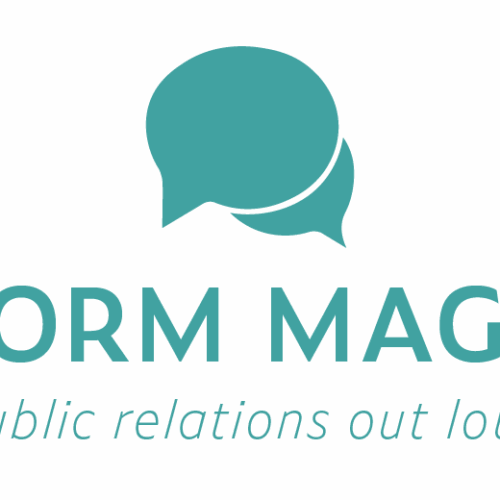“The Social Dilemma” Becomes PR’s Dilemma
Published on September 28, 2020, at 8:30 p.m.
by Katey Quinn.
As I watched the Netflix documentary “The Social Dilemma,” I was fascinated to hear from Silicon Valley whistleblowers who revealed insight into the earliest stages and business models of social media giants. As a public relations major, I found their foreboding analysis of the strategies and tactics that pioneered the industry not just illuminating, but terrifying.
I was born in 1999. I remember a time without an iPhone. A time before filters, Facetune, FaceTime and Facebook. I have always known social media was addictive. It was intentionally engineered to be addictive. I have noticed the personal consequences of my own use of it, and observed other people being defined by it. But what I never really considered were the psychological effects and unintended consequences due to the way we use and manipulate shared media — especially in advertising and public relations.
“There are only two industries that call its consumers ‘users.’ Illegal drugs and software.”

It is no secret that social media is like a drug. I hate to admit it, but society thrives and capitalizes from its addictive qualities. Shared media is one of the most effective ways of communicating a message. We now can easily and instantly voice key messages to our target publics and gain immediate reactions and feedback. We rely on people constantly checking their phones to read clickbait, learn of a new campaign or catch trending news on our clients.
It used to be a lot harder to engage an audience. Now the channels are copious and the lines between earned and paid media have blurred. But, is using these unlimited platforms to obtain immediate eyeballs and attention for our clients actually contributing to this addictive problem?
“Nothing vast enters the life of mortals without a curse.”
Social media is a side effect of technology. To a certain degree, it’s like a child growing up without discipline. It wasn’t created with bad intentions, yet here we are. We have lost touch with the integrity and authenticity behind the tool. When so much of what one sees is intended to influence and persuade, what are the long-term implications on society?
Well, today it is children ages 8 to 12 spending an average of four hours and 44 minutes locked into a screen each day. It is the 40% of plastic surgeons who report patients want plastic surgery to look better in selfies on social media. Or according to the documentary, it is the 151% increase in pre-teen suicide rates over the last decade.
Despite the unintended consequences of something so new, powerful and useful, social media is not all bad. The idea behind the “Like” button was not created to fuel disconnection; it was intended to be a symbol of love and shared interest. All social media tools can be used for good — we just need to remind ourselves as communicators and utilizers of it that we have the responsibility to employ it for good, not deception.
“The race to keep people’s attention is not going away.”
AI will only get better at predicting behavior. Shared media strategies to keep people’s attention will continue to evolve. We need to understand the implications of these platforms that run the lives of most of the developed world and start to uphold our ethical practices in the way we utilize these platforms: with honesty, advocacy, loyalty and fairness.
As advertising and public relations professionals, we are keenly aware of the fact that nothing on social media is done without a strategy behind it. Individual users may not be strategic, but companies and brands are. It is extremely intentional and tactical. Brands and companies have content planned, influencers are paid and often scripted, and there is embedded paid content within most media. We are missing the authenticity behind our messaging.
What I admire most about the public relations profession is its potential to use social media as a force for good. Purpose-driven work is the most powerful work, so perhaps it’s time for the industry to help society distinguish between the healthy and unhealthy use of social media. Now more than ever we are aware of its addictive qualities, so how can we help people positively navigate and manage that addiction?
*All quotes are pulled from Netflix’s documentary film, “The Social Dilemma.”*




